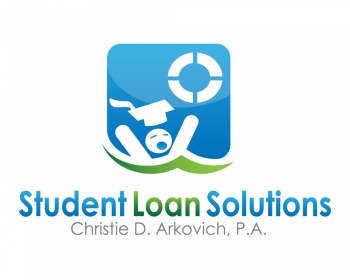 Generally, approval is needed from the bankruptcy court to take on any new debt in the form of a new federal or private student loan. This would include the filing of a refinance or even a consolidation application – as these are considered new loans.
Generally, approval is needed from the bankruptcy court to take on any new debt in the form of a new federal or private student loan. This would include the filing of a refinance or even a consolidation application – as these are considered new loans.
ECMC, the guarantor of FFEL government backed loans, has a specific policy regarding regaining Title IV eligibility during a bankruptcy. Whether a borrower is in a Chapter 7 or 13, they are required to make six consecutive payments in order to regain Title IV eligibility.
If the student loan debt is not listed, or if it is listed in the bankruptcy, but the plan provides for 0% to be paid to general unsecured creditors, then the borrower is not considered to have established a “satisfactory repayment arrangement” through their bankruptcy plan.
One way around the six month repayment plan, is a borrower could consolidate their federal loans provided there is no wage garnishment order, or once an order is lifted after the filing of a bankruptcy. A consolidation takes only approximately 45 days to complete.
Someone can only re-establish his or her Title IV eligibility only once. And once established, the borrower must sustain the satisfactory repayment arrangement by continuing to make payments or eligibility for additional Title IV funding will be lost.
It’s important to be aware of these guidelines if you are planning on returning to school and are delinquent in your student loans or in a bankruptcy/intending to file bankruptcy.
If you have other questions about how your student loans will be impacted by a bankruptcy — or if you have already filed but are unaware of what is going on with your student loans, please see our website, or reach out to us below for a consultation.
 Reboot Your Life: Tampa Student Loan and Bankruptcy Attorney Blog
Reboot Your Life: Tampa Student Loan and Bankruptcy Attorney Blog


